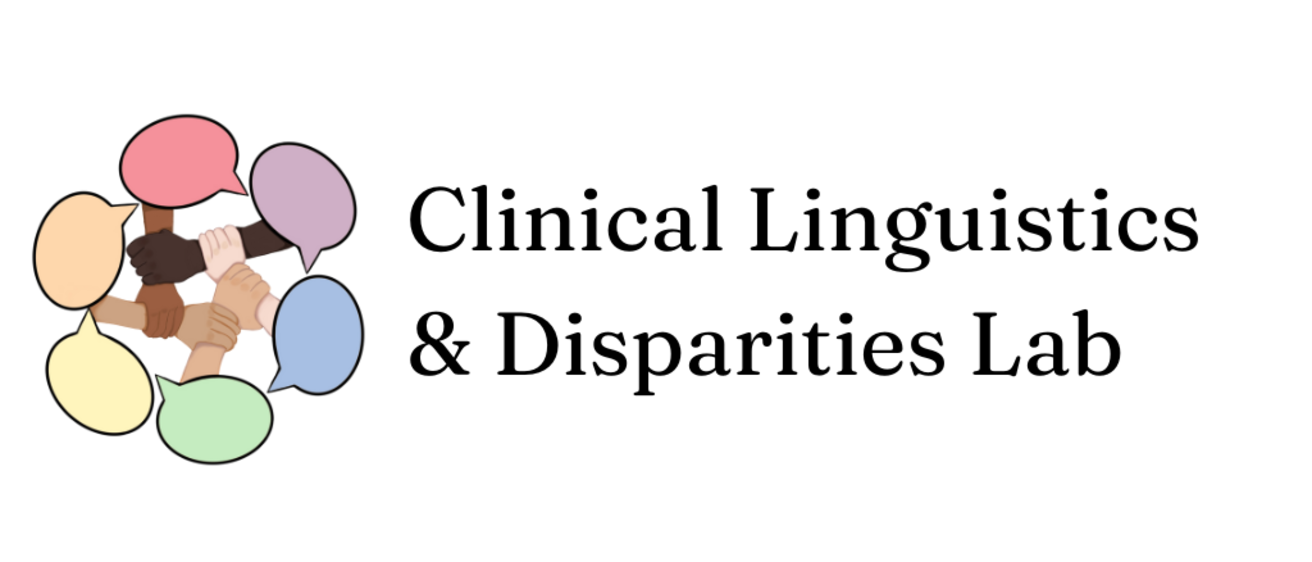The Clinical Linguistics and Disparities Lab focuses on the diversity of language and multilingual language acquisition and developmental speech and language impairments.
Projects the lab pursues are focused on inclusive supports for language development, culturally and linguistically appropriate clinical service provision, and community engagement.
Phonological complexity in intervention for Spanish-speaking children with speech sound disorder
The efficiency of intervention for children with speech sound disorder may be influenced by linguistic complexity of the phonological intervention target. Complex targets, particularly, later-acquired, less-known consonants and consonant clusters, have been linked to greater post-intervention generalization to untargeted phonological structures. Yet there is little direct evidence to support target selection based on linguistic complexity for Spanish-speaking children with speech sound disorder. This intervention study utilizes an experimental single-case design to examine the efficacy of intervention in Spanish using different complex targets (i.e. /ɡɾ/, /bɾ/, and /l/). For each of the four Spanish-speaking children with speech sound disorder, sounds at 0% accuracy during baseline were monitored across the baseline period, during and post-intervention, and at one- and two-month follow-up visits. Over the course of intervention, only one participant achieved mastery of the targeted structure in practiced words. However, all participants demonstrated some amount of broad phonological generalization to untargeted consonants or clusters. Variable learning trajectories and broad phonological generalization are discussed as they relate to participant characteristics and linguistic complexity.
Automated phonological analysis and treatment target selection using AutoPATT
Automated analyses of speech samples can offer improved accuracy and timesaving advantages that streamline clinical assessment for children with a suspected speech sound disorder. In this paper, we introduce AutoPATT, an automated tool for clinical analysis of speech samples. This free, open-source tool was developed as a plug-in for Phon and follows the procedures of the Phonological Analysis and Treatment Target Selection protocol, including extraction of a phonetic inventory, phonemic inventory with corresponding minimal pairs, and initial consonant cluster inventory. AutoPATT also provides suggestions for complex treatment targets using evidence-based guidelines. Automated analyses and target suggestions were compared to manual analyses of 25 speech samples from children with phonological disorder. Results indicate that AutoPATT inventory analyses are more accurate than manual analyses. However, treatment targets generated by AutoPATT should be viewed as suggestions and not used to substitute necessary clinical judgement in the target selection process.
Language Outcomes in Multilingual Immigrant Preschoolers: A Community-Based Participatory Research Project
This project is in collaboration with the Neighborhood Centers of Johnson County. NCJC provides school programs for a uniquely diverse group of multilingual children, who have a native language other than English. We will monitor the children's English language growth over multiple timepoints, and analyze the children's speech samples in order to find information that will help NCJC teachers in the classroom, as well as provide our field of speech pathology with more information on an understudied population.
